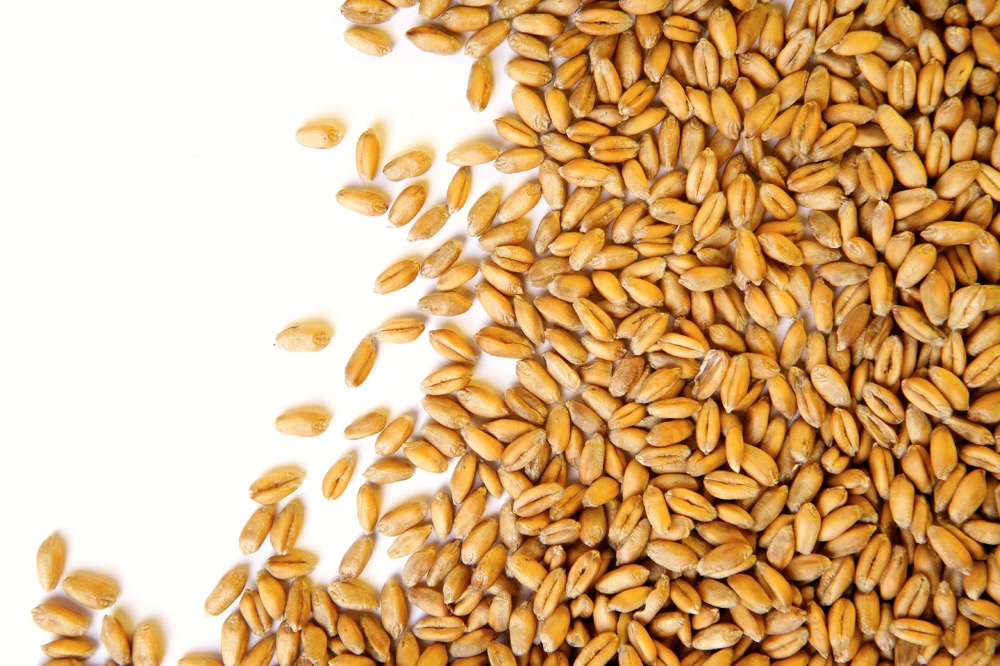Chicago | Reuters — U.S. soybean futures edged higher on Friday for the first time in seven sessions in a short-covering bounce, but remained near three-month lows as forecast rain in Argentina eased concern about a potential supply risk.
Corn was slightly higher on short-covering ahead of the Christmas holiday weekend, while wheat slipped as investors banked profits after the market scaled to two-week highs.
Trading volumes were light in the holiday-shortened session and markets will be closed on Monday, Christmas Day.
Weekend showers are forecast for Argentine crop belts, which on top of recent rainfall has eased concerns about drought in the world’s third-largest soybean exporter.
Read Also

IGC raises 2025/26 world wheat crop forecast
The International Grains Council has raised its forecast for 2025/26 global wheat production with crop outlooks upgraded for Russia, the United States and Argentina.
“Argentina started dry and the soybean market in particular had built some premium in. We’ve seen that premium completely erased here in the last couple of weeks because of the improvement in weather,” said Joe Vaclavik, president of Chicago-based Standard Grain.
Soybeans also drew support from a rebound in palm oil futures after benchmark prices in Malaysia fell to a 16-month low.
More stringent specifications for U.S. soybean imports in China, the top importer, have pressured futures this week as they could curb buoyant Chinese demand.
Chicago Board of Trade January soybeans were 3/4 cent higher at $9.49-1/2 a bushel after earlier sinking to a low of $9.46-1/2, the lowest for the most actively traded contract since Sept. 13 (all figures US$). Soybeans had closed lower in 11 of the previous 12 sessions.
For the week, January soybeans were down 2.1 per cent in a third straight weekly decline.
Wheat prices eased as traders squared positions ahead of the holiday weekend after two sessions of gains and as U.S. weather forecasts showed the risk of freeze damage to winter crops has lessened in recent days.
The grain has been supported by an increase in export demand after futures hit life-of-contract lows last week.
Millers in Thailand bought 150,000 tonnes of U.S. spring wheat and hard red winter wheat, traders said. Asian livestock producers, meanwhile, have stepped up purchases of soft red winter wheat, with sales last week at the highest in three years.
CBOT March wheat ended down 2-1/4 cents at $4.24-3/4 a bushel after earlier rising to a 2-1/2 week high of $4.29. March corn futures gained 3/4 cent to $3.52 a bushel, the highest since Dec. 13. Both posted their first weekly gains in three weeks, with March wheat gaining 1.6 per cent and corn gaining 1.3 per cent.
— Karl Plume reports on agriculture and agribusiness for Reuters from Chicago; additional reporting by Gus Trompiz in Paris and Naveen Thukral in Singapore.











